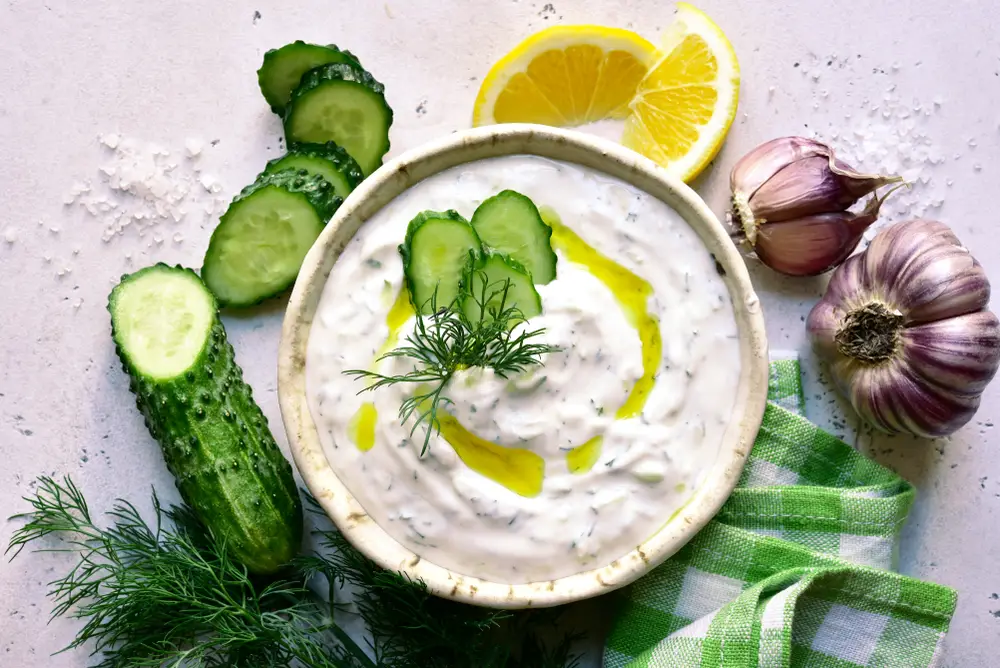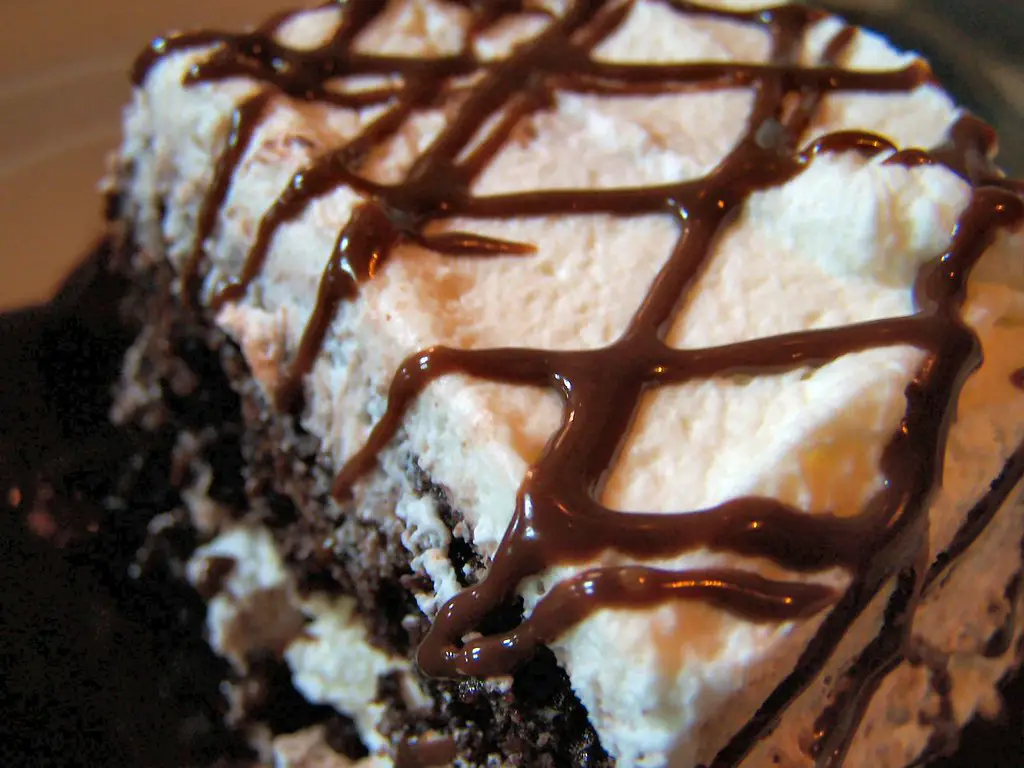A cookie sheet, an indispensable tool in the kitchen for both amateur bakers and professional chefs, is designed primarily for baking cookies but serves multiple purposes, from roasting vegetables to baking a variety of sweet and savory treats. The size of a cookie sheet can vary, affecting how much of an item you can bake at once and how it fits into your oven. Understanding the dimensions and types of cookie sheets can help you choose the right one for your baking needs.
Standard Sizes
Cookie sheets typically come in three standard sizes:
Quarter Sheet: Measures approximately 9 by 13 inches. It’s compact, making it ideal for smaller ovens, limited counter space, or baking in smaller batches.
Half Sheet: Measures around 18 by 13 inches, with a 1-inch rim. This is the most common size, perfect for most home baking needs. It’s large enough to bake a dozen cookies and fits well in residential ovens.
Full Sheet: Measures about 26 by 18 inches and is mostly used in commercial kitchens due to its size.
It’s too large for most standard home ovens but is great for professional settings where large quantities are baked.

Choosing the Right Size
When selecting a cookie sheet, consider the following:
Oven Size: Ensure the cookie sheet can fit in your oven. A half sheet is usually the largest size for most home ovens.
Baking Needs: Think about what you’ll be baking. A quarter sheet is great for small batches, while a half sheet is versatile for various baking projects.
Storage Space: Larger cookie sheets require more storage space. Ensure you have enough room in your kitchen to store them properly.
Material and Construction
Aside from size, the material and construction of a cookie sheet can affect your baking results:
Aluminum: Excellent heat conductor, providing even baking. It’s durable and resistant to rust.
Stainless Steel: Less prone to warping, but it may not conduct heat as evenly as aluminum.
Non-Stick: Easy to clean and prevents sticking without extra butter or parchment paper, but it may not last as long as metal sheets.
Rimmed vs. Rimless: Rimmed sheets are versatile for a variety of baking and roasting tasks, while rimless are ideal for easily sliding off baked goods like cookies.

Care and Maintenance
Proper care can extend the life of your cookie sheet:
Follow manufacturer instructions for cleaning and maintenance.
Avoid abrasive cleaners on non-stick surfaces to prevent scratching.
Use parchment paper or a silicone baking mat to minimize sticking and reduce wear.
The size of a cookie sheet is a critical factor in baking, affecting everything from the quantity of food you can prepare at once to how well it fits in your oven. By understanding the standard sizes and considering your baking needs, oven size, and storage space, you can select the right cookie sheet to enhance your baking endeavors. Remember to consider the material and construction for the best baking results and ensure proper care to maintain your baking equipment’s longevity and performance.
Advanced Considerations
Beyond the basics of size, material, and care, there are a few advanced considerations that can help you make the most out of your cookie sheets:
Heat Conductivity and Distribution
The material of your cookie sheet plays a significant role in heat conductivity and distribution. Aluminum sheets are renowned for their superior heat conductivity, ensuring that cookies bake evenly without hot spots. However, dark-colored or non-stick cookie sheets can absorb more heat, which might require adjusting the baking time or temperature to avoid over-browning.
Environmental and Health Factors
Some bakers prefer certain materials over others due to environmental or health considerations. For instance, aluminum is recyclable and highly durable, making it a sustainable choice for eco-conscious consumers. On the other hand, there’s a growing interest in non-toxic, non-stick coatings and materials like ceramic or silicone baking mats that provide an alternative to traditional non-stick coatings, which may contain PFOA or other chemicals.
Innovation in Design
The design of cookie sheets continues to evolve, with many now featuring innovative additions to improve functionality. For example, some cookie sheets come with textured surfaces to increase airflow under the baked goods, promoting even baking and browning. Others might have handles for easier removal from the oven, especially useful for heavy loads or when using oven mitts.
Multi-Purpose Use
While traditionally used for baking cookies, these sheets are incredibly versatile kitchen tools. A half sheet pan, for instance, is perfect for roasting vegetables, baking sheet cakes, or even cooking entire meals in one go, a method popularly known as sheet pan dinners. This versatility makes the cookie sheet an essential part of any kitchen, capable of handling a wide range of culinary tasks beyond just baking cookies.

Aesthetic and Presentation
Lastly, the aesthetic appeal of cookie sheets can also be a consideration for some bakers. As the trend towards open shelving and kitchen display storage grows, the appearance of bakeware becomes more important. Sleek stainless steel or custom-designed sheets can complement a kitchen’s decor, while also serving as functional tools.
The humble cookie sheet is a cornerstone of the kitchen, offering far more complexity and versatility than its simple name suggests. By carefully considering size, material, functionality, and even aesthetic appeal, home bakers and professional chefs alike can select the perfect cookie sheet to suit their culinary needs. Whether you’re whipping up a batch of cookies, roasting vegetables for a healthy dinner, or creating a stunning sheet cake, the right cookie sheet can make all the difference in your baking and cooking adventures.
Frequently Asked Questions (FAQs) about Cookie Sheets
Can I use a cookie sheet for cooking meats or other savory dishes?
Yes, you can use cookie sheets for cooking meats, vegetables, and other savory dishes. The versatile design, especially of rimmed sheets, makes them suitable for roasting and baking a variety of foods beyond cookies.
How do I prevent my cookies from sticking to the sheet?
To prevent cookies from sticking, you can use parchment paper or a silicone baking mat on the cookie sheet. These not only prevent sticking but also make cleanup easier. If you prefer not to use these, lightly greasing the sheet with butter or oil can also help.
Why do my cookie sheets warp in the oven?
Warping can occur due to the sudden temperature change or when the sheet is not made from heavy-duty material capable of withstanding high heat. Choosing a high-quality, heavy-gauge aluminum or stainless steel cookie sheet can reduce the chances of warping.
Can I put my non-stick cookie sheet in the dishwasher?
It’s best to check the manufacturer’s recommendations before putting your non-stick cookie sheet in the dishwasher. While some non-stick cookware is dishwasher safe, others may recommend hand washing to prolong the life of the non-stick coating.
How can I clean burnt residues from my cookie sheet?
For light residues, soaking the sheet in warm, soapy water and then gently scrubbing with a non-abrasive sponge can be effective. For tougher stains, sprinkling baking soda on the surface, then applying a mixture of vinegar and water before scrubbing can help lift the burnt residues.
Are insulated cookie sheets better than regular ones?
Insulated cookie sheets are designed with a layer of air sandwiched between two layers of metal, aiming to promote even baking and prevent the bottoms of cookies from browning too quickly. They can be beneficial for delicate cookies but might not be as versatile as regular cookie sheets for other types of baking or roasting.
What’s the difference between a cookie sheet and a baking pan?
The primary difference is the design: cookie sheets typically have one raised edge to allow for easy gripping and sliding off of baked goods, while baking pans (or sheet pans) have four raised edges, making them suitable for a wider range of baking and roasting tasks that require containing liquids or larger quantities of ingredients.
Can I use aluminum foil as a lining for my cookie sheet?
Yes, you can use aluminum foil to line your cookie sheet, which can help with cleanup and prevent sticking. However, be aware that aluminum foil can increase heat conduction, potentially affecting baking times and outcomes.
How do I store my cookie sheets to save space?
If space is limited, consider vertical storage solutions such as rack dividers in cabinets or over-the-door organizers. These allow you to store cookie sheets upright, making them more accessible while maximizing cabinet or pantry space.
Can a warped cookie sheet still be used?
While a slightly warped cookie sheet can still be used, especially for tasks where perfect flatness is not critical, severe warping can affect baking results by causing uneven baking or heat distribution. If your sheet is severely warped, it might be time to consider a replacement.
Understanding these FAQs can help you maximize the use, care, and longevity of your cookie sheets, ensuring they remain a valuable asset in your culinary endeavors.


















